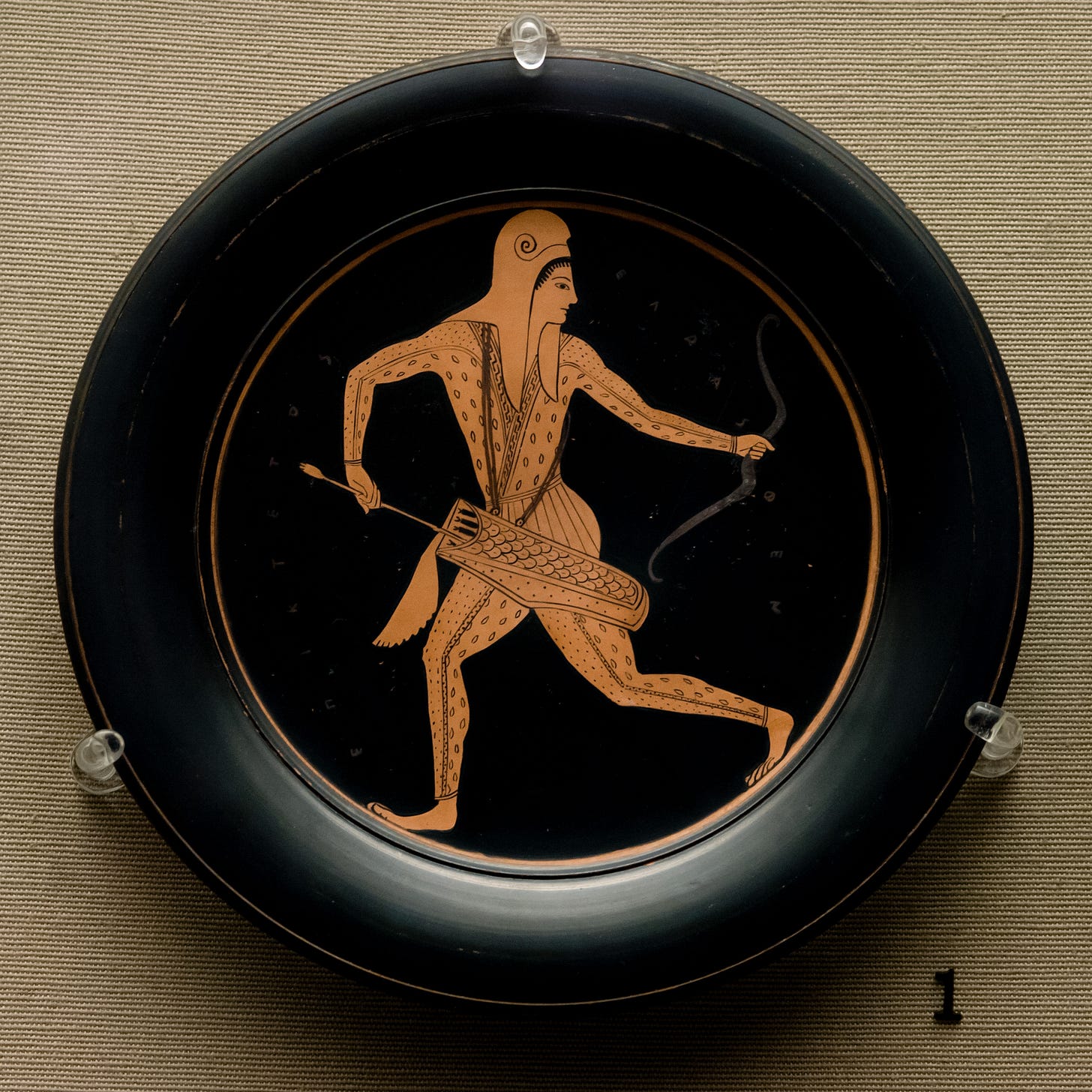Below is a reworking of a comment at J. N. Nielsen’s Grand Strategy: The View from Oregon on the post ‘A Thought Experiment in the Aggregation of Civilizations’. This post is also the third on Reading Joseph Henrich see ONE and TWO.
As such my comment used the terminology found in that post and my own favoured herbs and spices in return. In these there is a general assumption of (systems theory begat) complexity and chaos theory (where the word 'theory' is a collective noun).
‘Meta-population’ is lifted from ecology. My meta-civilisation is a riff on that population of populations metaphor. Node is like a phase change, an emergent thang where the iterations and interflows lead to a difference in ground and figure.
My comment also raises a difference between rivalry as competition that maintains the lek, but does not lead to any synthesis (to continue the Hegalian moment, some thesis bashing into some same-same thesis makes no sparks fly).
In short I think an emphasis on civilizations or cultures or polities or economies may be less important to understanding social or cultural evolution, than the interplay between nascent societies, and that the formation of a recognizable suite of material artifacts for an archaeological culture, or a civilization which leaves written records behind, is not the same process as dissolution in reverse. Even if the end products and the initial constituents are similar. Their ways are strange to each other.
If this interplay is more important then the problem is that this process into emergence is usually not recorded. We are blinded by the success story. The data is hidden if not wiped away by the later success, i.e. the influence of these interplays (conflict, rivalry, trade, etc) is not available for study.
The successful empire is less mysterious, such that even its ruins can inspire worldingly deep feelings of romance and mystery, which are usually misdirected.

Given my recent reading on inter-group competition in anthropology, the dissolution threshold is more likely a meta-population measure, and is not directly related (or not necessarily mapped) to any instance called a civilisation or an archaeological 'culture', or a society or whatever. In addition I think rivalry above dissolution level is a type of competition for which there are no competition-induced increases to complexity (somebody wins, somebody looses, but the real real winner today is soccer/baseball). In this view civilisations merely mark a node of stability which (MAYBE) allows further invagination of complexity, like the unfolding of more and heavier elements in the stelliferous age. In addition, rivalry may obscure a meta-civilisation which has no name. (Examples? Holy Roman Empire as a more codified or institutional form, Iron age "tribes" in Europe and Africa.)Inter-group competition, despite its name, is often about competition _for_ individuals as members. An identitarian framework curiously obscures this, as we worry about migrants as replacements and not new team members (remember the winner today is inter-group competition). And yes you can point out we all have those rules on membership and legitimacy but without individuals choosing (I typed 'choicing') which group to be with, why would you bother having constraints.
Empires arise as aggregates of something else that has already happened. Hoofless agriculturalists pride themselves on stability compared to rootless nomadic empires and coalitions, but this may also just be rivalry, and they may well form a meta-population within which thresholds are passed. 'Civilizations' are then just better marketed brands, resulting from a stability in the mindscape of notice.
References
Christopher I. Beckwith, 2022. The Scythian Empire: Central Eurasia and the Birth of the Classical Age from Persia to China. Princeton: Princeton University Press. (My review)
Joseph Patrick Henrich:
The Secret of Our Success: How Culture Is Driving Human Evolution, Domesticating Our Species, and Making Us Smarter. 2016. Princeton: Princeton university press.
‘Chapter 7 The Evolution of Innovation-Enhancing Institutions’, Innovation in Cultural Systems: Contributions from Evolutionary Anthropology, Vienna Series in Theoretical Biology. 2009. Cambridge (Ma.): MIT Press.
The WEIRDest People in the World: How the West Became Psychologically Peculiar and Particularly Prosperous. 2020. London: Allen Lane an imprint of Penguin Books.
J. N. Nielsen. 2025, April 5. ‘A Thought Experiment in the Aggregation of Civilizations’, Grand Strategy: The View from Oregon. Retrieved 9 April 2025
Crosspost whyweshould.loofs-samorzewski.com




Civilisations are seen as stable nodes that allow further complexity but may obscure larger, nameless meta-civilisations, like the Holy Roman Empire or Iron Age tribes, which are more codified forms of competition for individual membership and identity.
RE: "I think an emphasis on civilizations or cultures or polities or economies may be less important to understanding social or cultural evolution, than the interplay between nascent societies, and that the formation of a recognizable suite of material artifacts for an archaeological culture, or a civilization which leaves written records behind, is not the same process as dissolution in reverse."
An intuitive picture consistent with this is that of patchwork of nascent societies coinciding with any and all human populations, which at particular times and places grow in population and wealth until their settlements crest over the threshold of being "true" cities and then a civilization comes into being. In dissolution, that civilization recedes back into the patchwork of societies from which it came. But now civilizations are thick on the ground and they can't sink back into that patchwork. If they fail, they fail catastrophically and the repercussions are felt in neighboring civilizations. To extend your ecological uses, we can, in light of the above, see the patchwork of societies as being like the soil that absorbs excessive rainfall, buffering the waters and preventing a flood. But when the ground is soaked and can't absorb any more, when the rains come, there is inevitably a flood. This I take as an alternative formulation of the dissolution threshold.